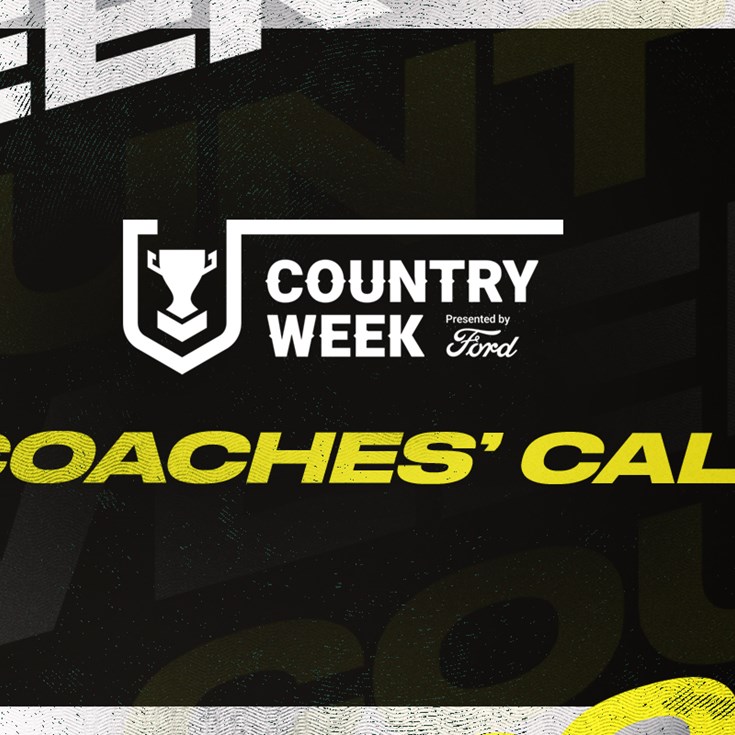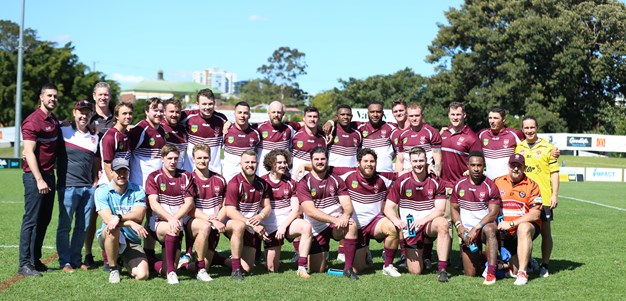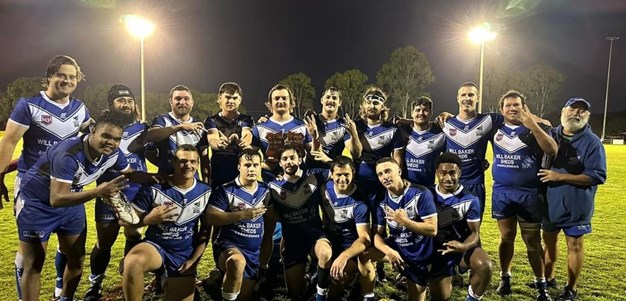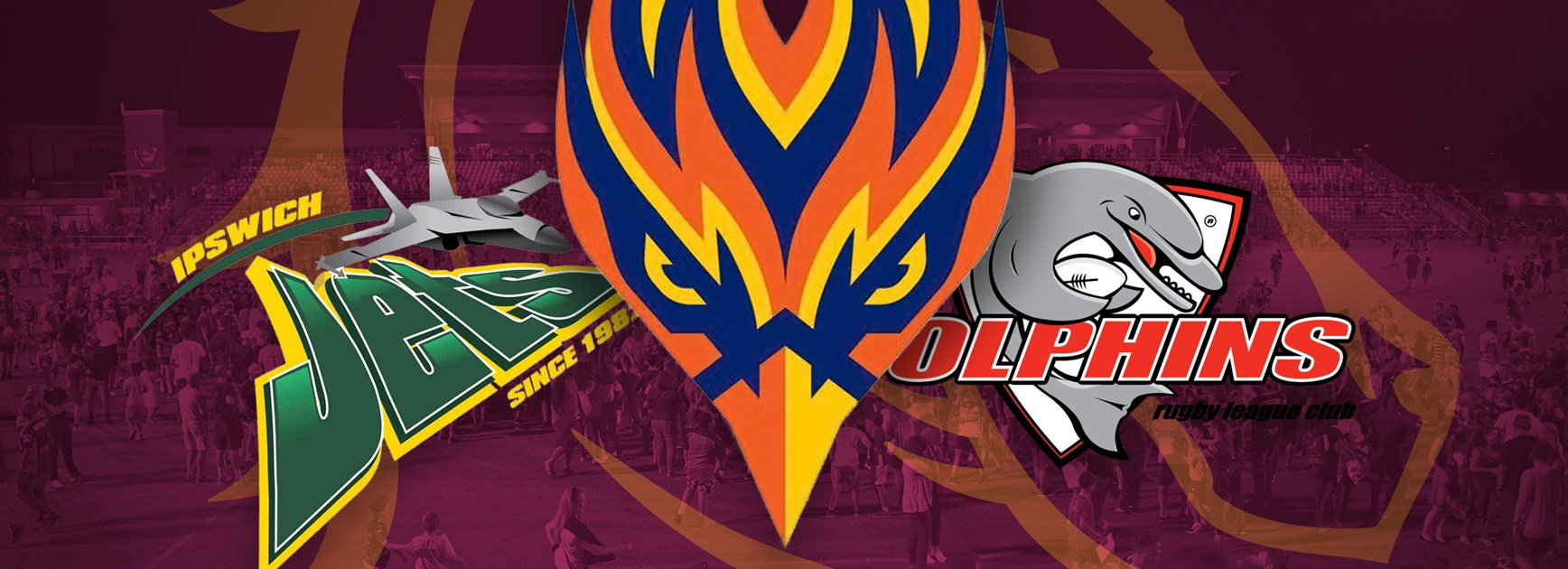
A second Brisbane team is likely to require $15 million for start-up costs, an annual revenue of up to $30 million, be able to attract new fans and sponsors without cannibalising the Broncos supporter base, and develop pathways to increase participation.
A decision on whether to admit a 17th team in 2023 and the identity of the new franchise is set to be the biggest NRL story of the year, with confirmation that a mid-year announcement was expected coinciding with last week’s merger of the Brisbane Bombers and Western Corridor bids.
Redcliffe Dolphins and Brisbane Firehawks, backed by Easts Tigers, are the other bids vying to become the first NRL expansion team since Gold Coast Titans joined the competition in 2007.
With Wayne Bennett already declaring his interest and Craig Bellamy reportedly set to remain in charge of Melbourne until the end of the 2022 season, the second Brisbane team is all but guaranteed a top coach and should have little difficulty recruiting players.
However, the ability to bring new fans - younger ones – to the game, attract different sponsors, grow playing numbers and generate enough income to compete with the Broncos while remaining financially viable are likely to determine whether the team is based in Ipswich, Redcliffe or nearer to the CBD.
Regardless of their location, Darryl Van de Velde - founding CEO of the South Queensland Crushers, who were the Broncos previous' crosstown rivals from 1995 to 1997 - believes any new team must have Brisbane in their name to broaden their appeal.
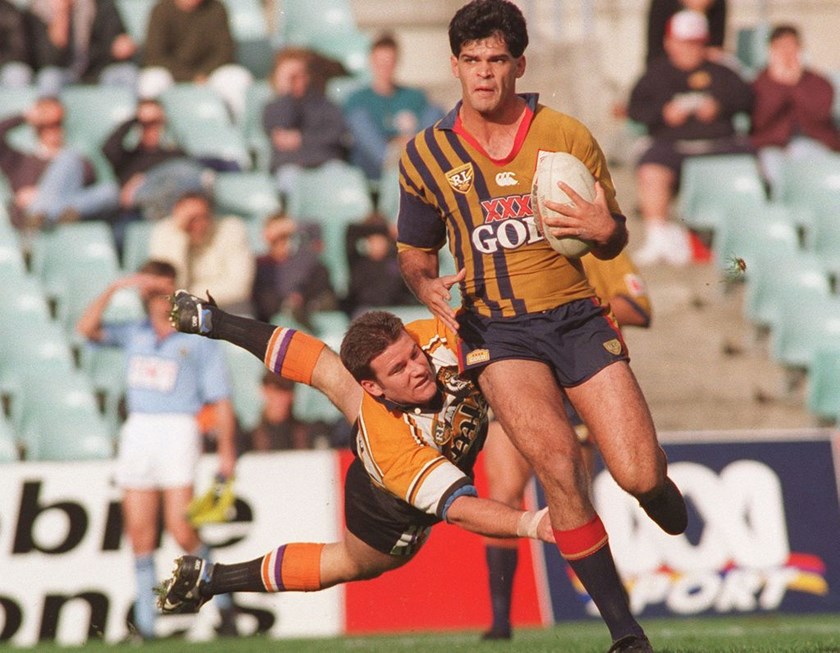
"We split Brisbane because we took the north side and let the Broncos have the other side. That was key," Van de Velde said.
"Redcliffe is a peninsula so they have got to be the South Queensland Dolphins or a name like that embraces the Sunshine Coast, Toowoomba and out west, which is a growth area.
"If they just call themselves the Redcliffe Dolphins they are going to struggle to attract more fans."
It has taken more than two decades for administrators to regain an appetite for a second Brisbane team but Van de Velde has no doubt a new franchise can succeed and believes the Crushers could now be preparing for their 27th season if the club had accepted an approach to join Super League.
"The Broncos never wanted us in the competition from day one so it was always going to be a battle, and a battle of politics more than anything," Van de Velde said.
"We stuck with the ARL and once we did we were at war with them."
Derby a crucial element
Former Queensland Tourism Minister, Kate Jones, who was appointed to the ARL Commission last year, confirmed that the ARLC was performing due diligence on the viability of the competing bids before deciding whether to introduce a second Brisbane team in 2023.
Jones said the ARLC wanted to ensure that any new team added to the competition and would not impact negatively on the Broncos, Titans or North Queensland Cowboys.
"Obviously I can’t express favourites about where a team could be located but I know there is a lot of work happening to put together some really good bids to create that second team for Brisbane footy fans," Jones told reporters at Monday’s launch of the 2021 Magic Round at Suncorp Stadium.
We want to see that all teams in Queensland have a strong and viable future.
ARL Commissioner Kate Jones
"Having a second team in Brisbane is something that footy fans have wanted for a very long time and if we can prove that it is viable and that teams, both here in Brisbane and across Queensland, will have a long term secure future then absolutely we are all for it."
With more than 2.5 million people now living in Brisbane, the city’s population has increased by 1 million since the Crushers folded and it is forecast to reach 3 million by 2030.
The total population of South-East Queensland is 3.6 million and the number of people in the Western Corridor bid’s catchment area of Logan, Ipswich and Toowoomba is projected to reach 1.5 million in coming years.
As a one-town team in Australia’s third biggest city, the Broncos are the most-watched team in the NRL, which is why they regularly play on Thursday or Friday nights, but there are also many fans in Brisbane who don’t support them.
Jones said derby games between the second Brisbane team and the Broncos at Suncorp Stadium would be guaranteed blockbusters.
"We are mad footy fans but also we have seen significant population growth here in the south-east corner [of Queensland] since the Brisbane Broncos were formed in 1988 so I think that rivalry here locally will be something all people will get behind and it will be a good spectacle for the game," she said.
Sunny times in Queensland
The Broncos generated more than $50 million in revenue in 2018 and 2019, which was about $20 million more than the South Sydney Rabbitohs.
While COVID-19 and the Broncos' worst season since their formation impacted on Brisbane’s 2020 finances, they are believed to still be the game’s best-performing club off the field.
Despite finishing with the wooden spoon for the first time in the club’s history, games featuring the Broncos were still watched by more fans overall than those involving other clubs, followed by Souths, Parramatta and Melbourne.
Suspended Haas remorseful as NRL considers harsher bans
According to footyindustry.com, Broncos matches averaged 680,000 viewers on Channel 9 and Fox Sports in 2019.
With established clubs behind them, the Dolphins and Firehawks appear to be financially strong, with Redcliffe not reliant on the performance of their team from season to season as they earn revenue from a shopping centre and a fitness and aquatic centre.
The two clubs also have infrastructure in place that could limit their start-up costs to about $15 million, with Easts Tigers last week announcing a $7 million high performance centre that would be used by the Firehawks.
Magic Round returns
The merger with the Brisbane Bombers ensures the Western Corridor bid – led by Ipswich Jets chairman Steve Johnson - is also well financed, while boasting more than 19,000 registered players.
"I think it is great to see the creativity and the co-operation happening to try to pull together the strongest, most viable bid," Jones said.
"We want to see that all teams in Queensland have a strong and viable future and it is great that they are using their resources and combining them to put together a strong team."
Dealt crushing blow for loyalty
A $1 million per year sponsorship deal between the Crushers and XXXX in 1995 demonstrates the commercial opportunities for a second Brisbane team, and Van de Velde believes the Crushers would have survived if not for the Super League war.
"That was the first $1 million sponsorship in the game and it was for five years so it was massive," Van de Velde said.
"We looked at all of the Broncos sponsors and targeted their opposition. The Broncos had Ansett, we had Qantas; they had Powers, we had XXXX."
The NRL was established in 1998 after a peace deal between the ARL and Super League, with the number of teams culled from 22 to 14 by 2000 and the Crushers were among the first to go.
"Had we gone with Super League at the time we would have been way better off financially," Van de Velde said.
"The Broncos didn’t want us in there but the ARL weren’t getting too many clubs outside the Sydney area so they [Super League] were looking to lock up the Crushers too.
Carrigan wants to make club legends proud
"The Super League offer was very substantial. I had discussions with them at one stage and there was a really strong chance but our board was aligned to the ARL so that was the reason we didn’t move."
Van de Velde believes it will also be easier for a second Brisbane team entering the premiership in 2023 as the Crushers were one of four new teams admitted in 1995, along with the Warriors, Cowboys and Perth-based Western Reds.
"We have just got to make sure they are sustainable for the long term because it costs you about $25 million to $30 million to run a team, and that is every year," he said.
"You have only got 18 months to prepare so that is going to be a challenge."
The views in this article do not necessarily express the opinions of the NRL, ARL Commission, NRL clubs or state associations.

